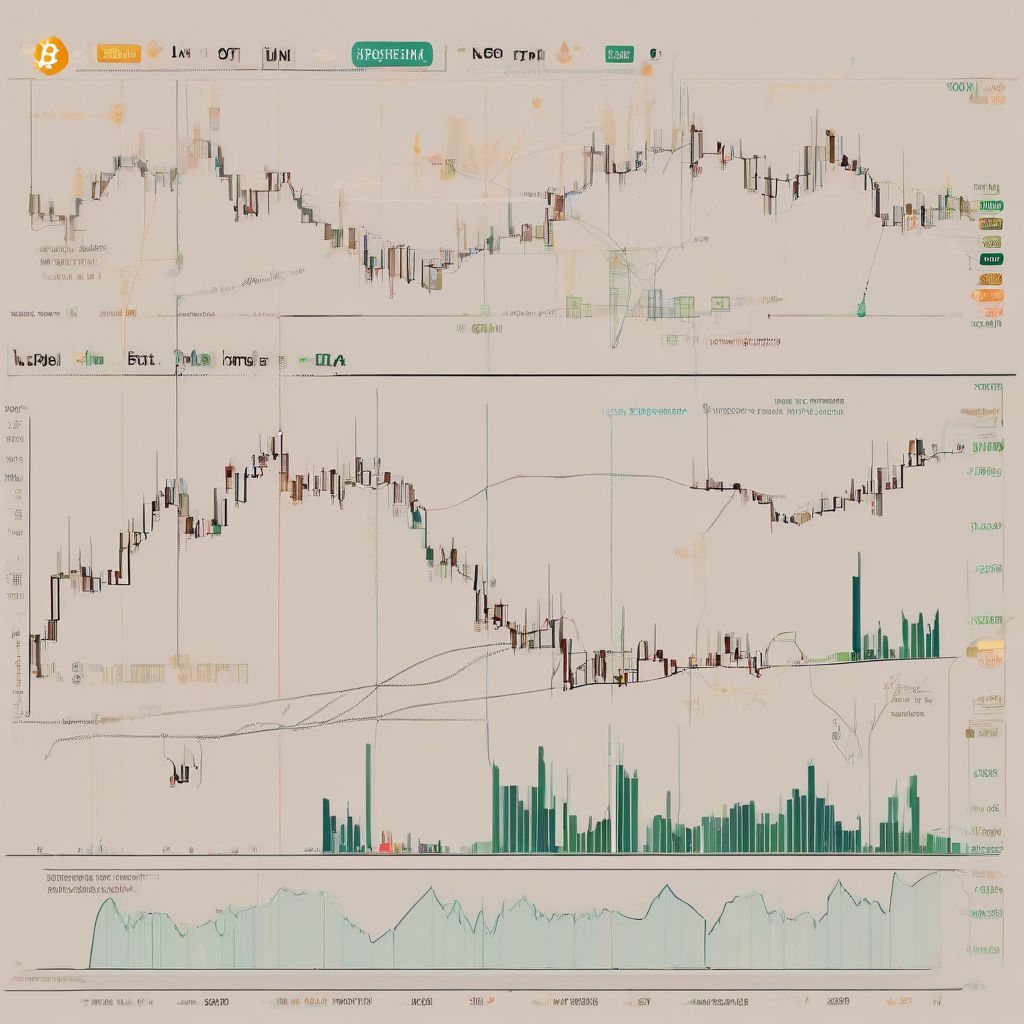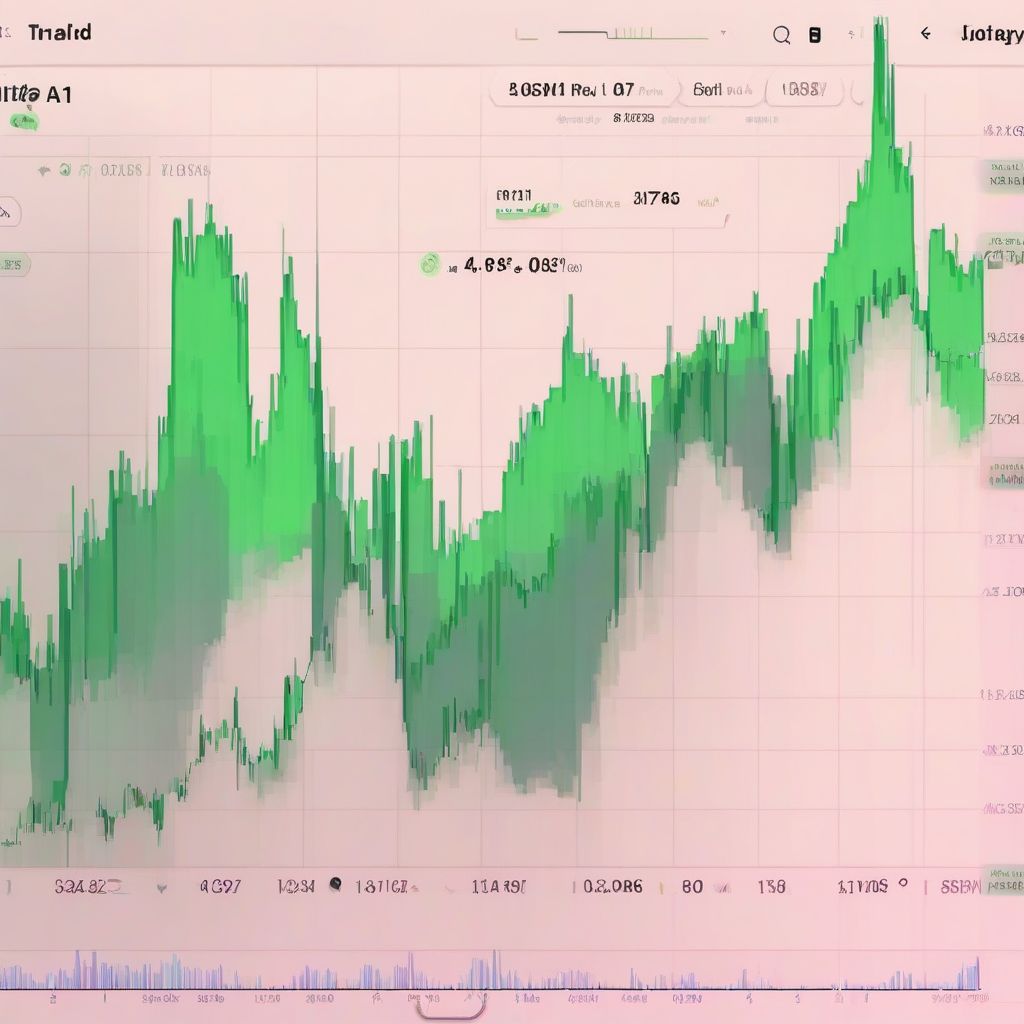What is Stock Trading: A Beginner’s Guide to Navigating the Market
Have you ever dreamt of owning a piece of your favorite company, like Apple or Tesla? Or wondered how some people grow their wealth significantly by investing? It all starts with understanding the basics of stock trading. This comprehensive guide will demystify “trading.hoahocthcs.com/what-is-stock-trading/">What Is Stock Trading” and equip you with the knowledge to begin your journey into the exciting world of investing.
Understanding the Fundamentals: What Is Stock Trading?
At its core, stock trading is the act of buying and selling shares of publicly traded companies. Imagine a company like Amazon as a giant pie, and each share of Amazon stock represents a tiny slice of ownership in that pie. When you engage in stock trading, you’re essentially buying and selling these slices.
Why Do People Trade Stocks?
People trade stocks for a variety of reasons:
- Profit Potential: The primary allure of stock trading lies in the potential for profits. When a company performs well, its stock value tends to rise, allowing investors to sell their shares at a higher price than they purchased them, generating a profit.
- Building Wealth: Stock trading offers an avenue for long-term wealth creation. By investing in companies with strong growth potential, individuals aim to see their investments appreciate over time.
- Ownership in Companies: Buying stock in a company isn’t just about potential profits, it also grants you a small ownership stake in that company.
Key Concepts in Stock Trading:
Before diving into the intricacies of stock trading, it’s crucial to grasp some fundamental concepts:
- Stock Exchange: A marketplace where buyers and sellers convene to trade stocks. Think of it like a bustling stock market, but online. Examples include the New York Stock Exchange (NYSE) and the Nasdaq.
- Brokerage Account: To buy and sell stocks, you’ll need a brokerage account. These are offered by financial institutions and act as intermediaries, executing your trades on your behalf.
- Stock Orders: When you’re ready to trade, you’ll place orders through your brokerage account. Common order types include “market orders” (buying or selling at the current market price) and “limit orders” (specifying a particular price at which you want to buy or sell).
Delving Deeper: Exploring Related Concepts
Understanding the basics of “what is stock trading” is just the first step. Here are some closely related concepts that will enhance your understanding:
What is the Stock Market?
The stock market is a broader term encompassing the buying and selling of stocks. It’s not a physical location but rather a network of exchanges where stock trading takes place. The stock market serves as a barometer of economic health, reflecting investor sentiment and overall market trends.
What are Stock Indices?
Stock indices, such as the S&P 500 or the Dow Jones Industrial Average, track the performance of a group of stocks, providing a snapshot of a specific sector or the overall market.
Different Types of Stock Trading
- Day Trading: Involves buying and selling stocks within the same trading day, capitalizing on short-term price fluctuations.
- Swing Trading: Holding stocks for a few days to weeks, aiming to profit from price swings within a broader trend.
- Long-Term Investing: Buying and holding stocks for extended periods, often years or decades, with the goal of benefiting from long-term growth.
Conclusion: Embarking on Your Stock Trading Journey
Understanding “what is stock trading” is paramount for anyone interested in the world of investing. This guide has provided a solid foundation, but continuous learning is key in this dynamic field. Remember to conduct thorough research, explore reputable educational resources, and consider seeking advice from financial advisors. As you delve deeper into the world of stock trading, you’ll gain valuable insights and be better equipped to make informed investment decisions.


